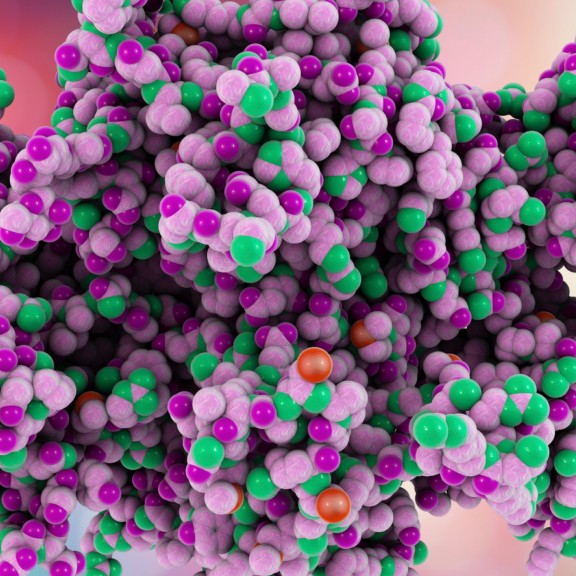FVIII inhibitor epitope mapping
Do FVIII inhibitor epitopes impact response to ITI?
FVIII inhibitors bind to different regions, or epitopes, of the FVIII protein.
Examples of FVIII epitopes recognised by neutralising antibodies

There is some evidence that the specificity of inhibitors to certain domains on the FVIII protein could be related to ITI outcome. For example, higher levels of antibodies to the A1 and A2 domains prior to ITI start have been suggested to be predictive of ITI failure2.
In addition to this domain level mapping, specific epitopes within the A2, C1 and C2 domains may affect response to treatment with factor VIII3-6.
The distribution of immunoglobulin (Ig) subclasses of the antibodies during ITI may also be associated with ITI outcome. IgG4 antibodies have been shown to be more prominent in patients with high-titre inhibitors who needed longer ITI treatment or who failed ITI7.
MOTIVATE will investigate whether FVIII inhibitor epitope mapping can help to predict treatment outcome. For patients who have detectable antibodies to the A2, C1 or C2 domain, MOTIVATE will map their antibodies to epitopes within those domains.
FVIII inhibitor epitope mapping sub-study
Sub-study lead investigators

Johannes Oldenburg
Director, Institute for Experimental Haematology and Transfusion Medicine (IHT),
Bonn, Germany

Behnaz Pezeshkpoor
Institute for Experimental Haematology and Transfusion Medicine (IHT),
Bonn, Germany

Shannon Meeks
Associate Professor, Department of Pediatrics, Emory University School of Medicine,
Atlanta, GA, US
MOTIVATE will map the FVIII epitope spectrum of patients over time and assess the predictive capacity of epitope mapping for clinical outcomes.
What is needed for this analysis?
A blood sample of 1 mL collected at baseline, 1 month after treatment start and every 4 months
- Pratt KP. <i>Cell Immunol</i> 2016; 301:12-7
- Lapalud P et al. <i>J Thromb Haemost</i> 2015; 13:540-7
- Eubanks J et al. <i>Blood</i> 2016; 127:2028-34
- Batsuli G et al. <i>Blood</i> 2016; 128:2055-67
- Meeks SL et al. <i>Blood</i> 2008; 112:1151-3
- Markovitz RC et al. <i>Blood</i> 2013; 121:2785-95
- van Helden PM et al. <i>Br J Haematol</i> 2008; 142:644-52
References:
